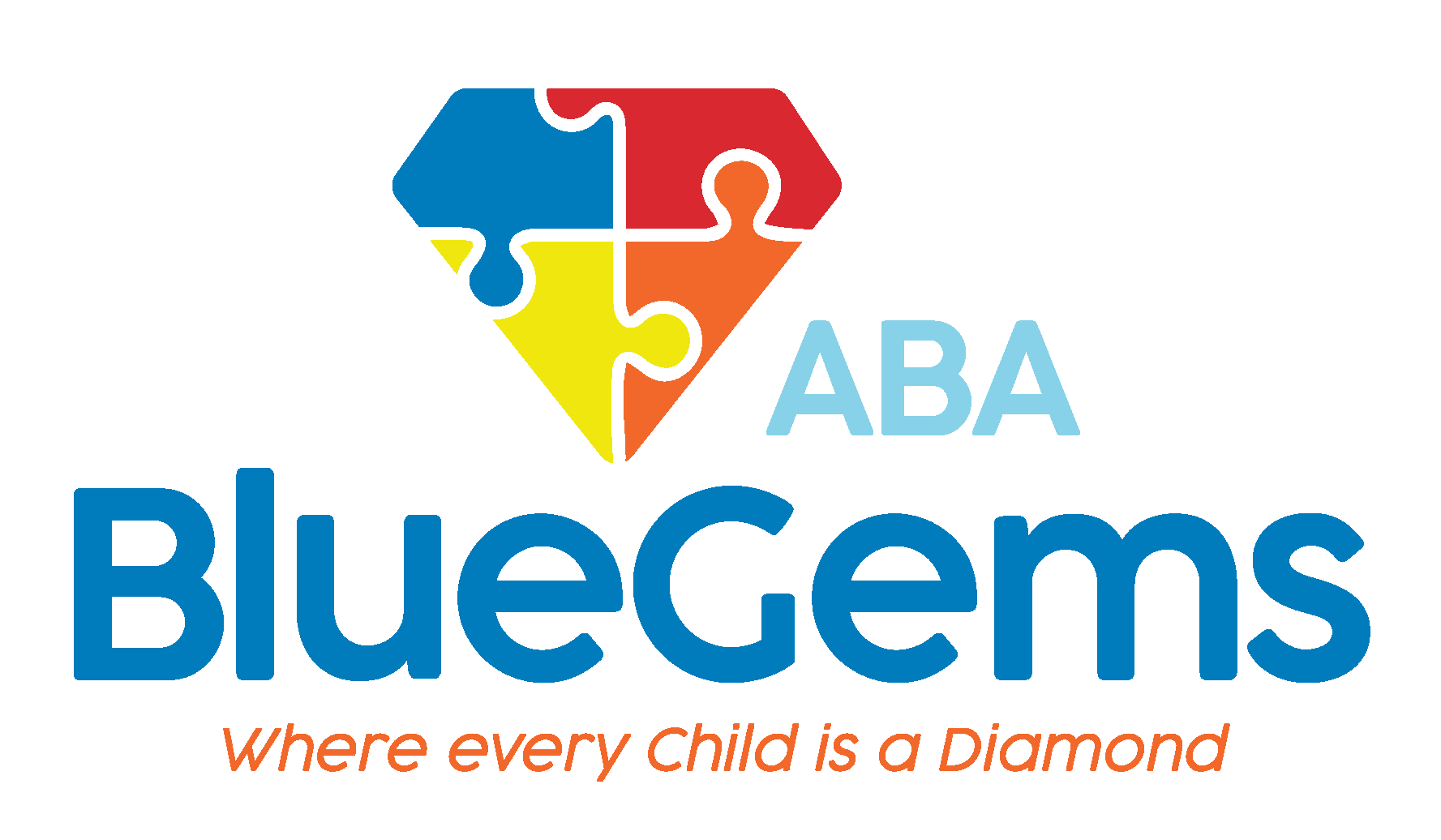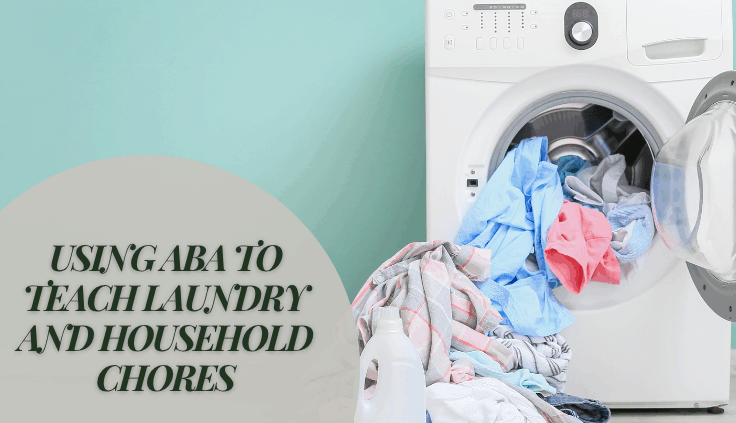Using ABA to Teach Laundry and Household Chores
Parents of children with autism spectrum disorder (ASD) may find it challenging to get them involved in laundry and other household chores. Children on the autism spectrum could find these things difficult, whether it is because of sensory sensitivities they face or whether it’s because it’s hard for them to understand tasks that involve multiple steps.
While these may create additional hurdles to getting your child to do household chores, it doesn’t mean they can’t be taught how to and excel at doing them.
Applied behavior analysis, also known as ABA therapy, provides many different strategies and frameworks for teaching children with autism how to do household chores, which are an important part of learning how to live independently.
In this article, we’ll discuss some of the ways that ABA therapy can teach laundry and household chores.
Table Of Contents
What Are Some Basic ABA Therapy Strategies for Household Chores?
ABA therapy can provide many benefits when teaching children with autism how to do laundry and other household chores.
First, it can provide a structured environment for children and help them set daily routines. Children with ASD often thrive in situations such as these, where they can clearly understand expectations and predict what’s going to happen when.
By following strategies such as task analysis, therapists and parents can help children break down complicated chores into much smaller and more manageable steps. This makes them easier to understand, reduces feelings of anxiety and being overwhelmed and enables them to be more successful.
These basics can be taught during formal ABA therapy sessions and then reinforced at home by parents, caregivers and other family members so that children with ASD can more easily complete household chores.
| Phase | Activity | Tools/Supports |
|---|---|---|
| Phase 1: Assessment | Determine current skills and needs | Therapist observation |
| Phase 2: Preparation | Gather materials, create task breakdown | Hamper, detergent, task checklist |
| Phase 3: Instruction | Teach each step sequentially | Visual aids, verbal prompts |
| Phase 4: Practice | Repetition with reduced prompting | Reinforcement, encouragement |
| Phase 5: Maintenance | Visual checklist remains in place as needed | Wall chart, routine calendar |
How Does Task Analysis Work to Teach Chores?
Task analysis plays a pivotal role in ABA therapy, and it’s an effective way to teach chores. Something such as doing the laundry may seem like a simple task to parents, but it involves many steps that can cause children with autism to get overwhelmed very quickly.
ABA therapists can use task analysis to remove much of the anxiety from doing laundry to teach children how to do each step one at a time.
Therapists will first outline all of the individual steps that have to be done for the laundry to be completed. They will then assess whether the patient they’re teaching has any of the skills yet, or needs to learn all of them.
They will then gather whatever tools and materials they may need to complete the laundry — such as the hamper of dirty clothes and the detergent — and have them readily available.

Next, they will break down doing laundry into the individual steps, ensuring that each step is very clear. For laundry, this might be taking the clothes out of the hamper, separating them into dark and light colors, putting the clothes into the washer, putting the detergent in the right place, turning the dial to the appropriate setting and clicking start.
The therapist will teach each of these steps one-by-one, only moving onto the next once the child has mastered the one before it.
What Other Tools Are Used?
Children with ASD are often visual learners, which means they benefit from having visual aids as they’re being taught new skills and behaviors. These visual aids can be provided in a number of ways.
During task analysis, they can be used as prompts to help children understand that it’s time to do the next step in the sequence, such as a picture of the detergent. The visual prompts are great for teaching children at first, but the therapist will gradually fade them away over time as they don’t need them anymore.
Visual aids can also be very helpful for children after they’ve mastered the skills. A written checklist hanging in the laundry room can be a great ongoing guide for them and something they can refer to so they don’t miss a step.
Visual calendars and routines can also be used to remind children when it’s time for them to do the laundry or other household chores. This allows them to progress through their day and know when they should stop with one activity and move onto the next, which again provides them with certainty, structure and predictability.
Blue Gems ABA Helps Children with ASD Build Skills to Live Independently
Children on the autism spectrum may struggle to learn how to do laundry and household chores, but this doesn’t mean they aren’t capable of doing so. Using task analysis, visual aids and other strategies, ABA therapists can teach children these essential life skills.
At Blue Gems ABA, helps children with autism live more independently by teaching them how to do laundry, household chores and other daily living tasks. We cater all of our treatment plans to each individual child’s unique strengths, challenges and preferences, so that they get exactly the help they need.
To learn more, please contact us today.




